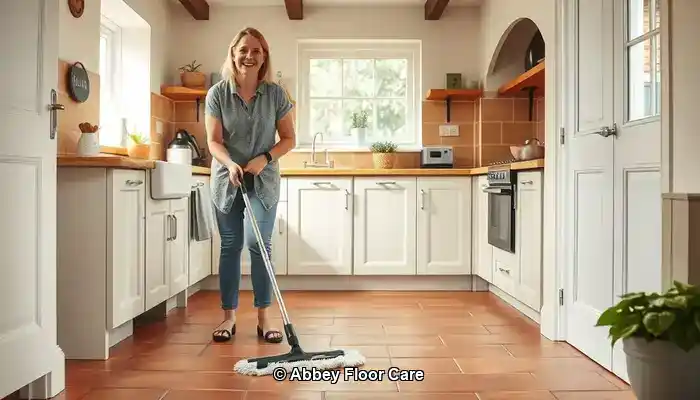
Last Updated on September 29, 2025 by David
Essential Techniques for Optimal Terracotta Floor Care and Maintenance
-
- Comprehending the Vulnerable Nature of Terracotta's Porous Design highlights its susceptibility to rapid dirt absorption, particularly in humid areas such as Surrey.
- The Significance of Effective Sealing is paramount in safeguarding against moisture and dirt infiltration into the tile surface.
- Regular Maintenance Routines are crucial—daily sweeping and weekly mopping with pH-neutral cleaners are key to preserving the visual appeal of your tiles.
- Avoid Harsh Chemical Cleaners, including steam mops, which may damage the sealant and etch the tile surface.
- Choose Eco-Friendly Cleaning Solutions, especially in households with children or pets.
- Consider Professional Restoration Services for thorough cleaning and resealing, ensuring long-lasting defense for your tiles.
- Utilize Rugs and Mats in high-traffic areas to significantly decrease dirt transfer.
- Effectively Manage Moisture—ensure proper ventilation and promptly address spills to avert stains and mold growth.
Understanding the Rapid Dirt Accumulation on Terracotta Floors

Terracotta tiles are an elegant flooring option, especially well-suited for traditional or rustic-style residences in Surrey. Their warm hues and natural textures add a distinct charm to any living space. However, this beauty comes with a significant challenge; terracotta is infamous for its propensity to become dirty quickly. By delving into the reasons behind this issue, homeowners can take proactive steps to maintain the cleanliness and allure of their floors effectively.
Expert Insight: Recommended Products for Daily Terracotta Floor Maintenance
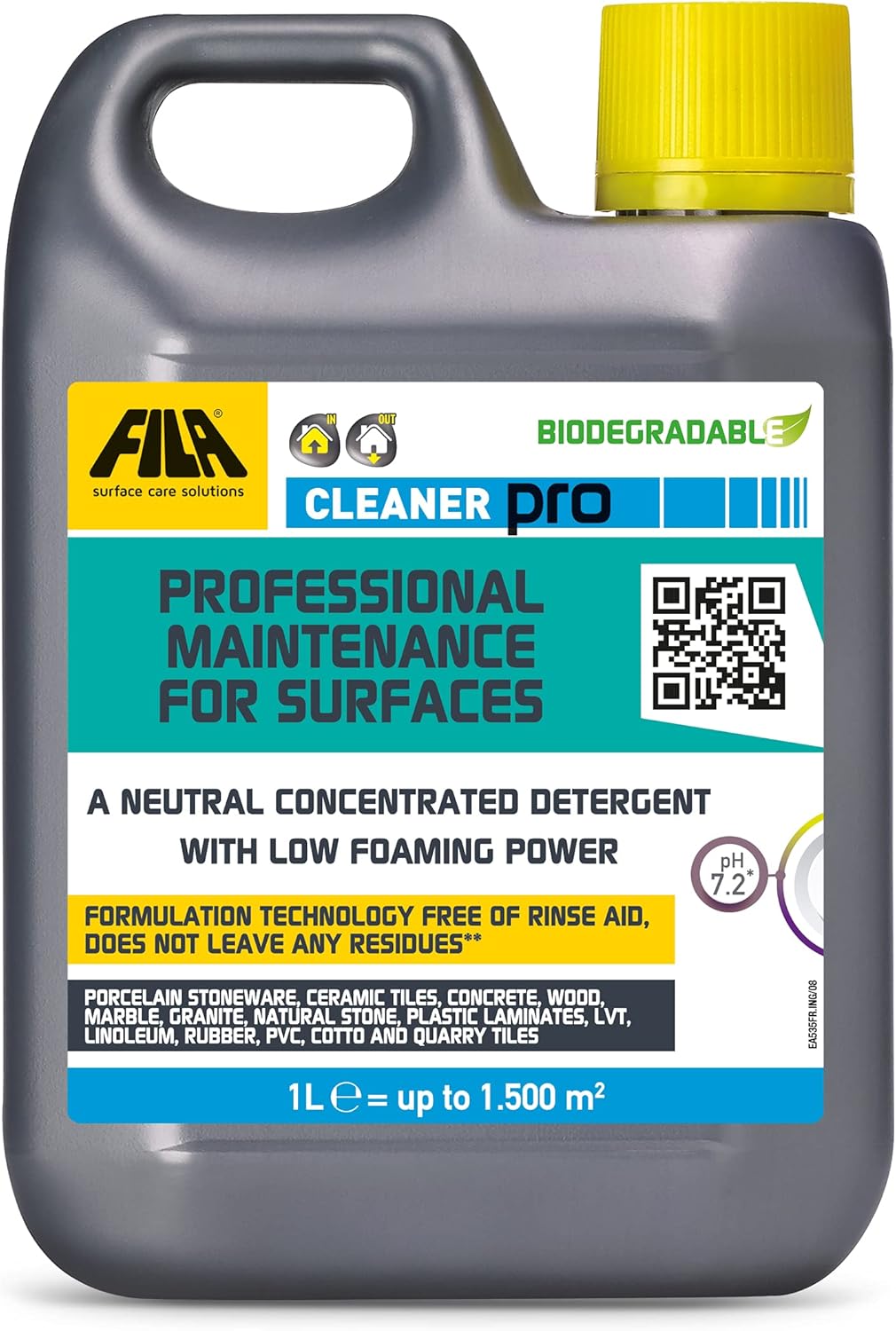
Fila Pro Floor Cleaner
|
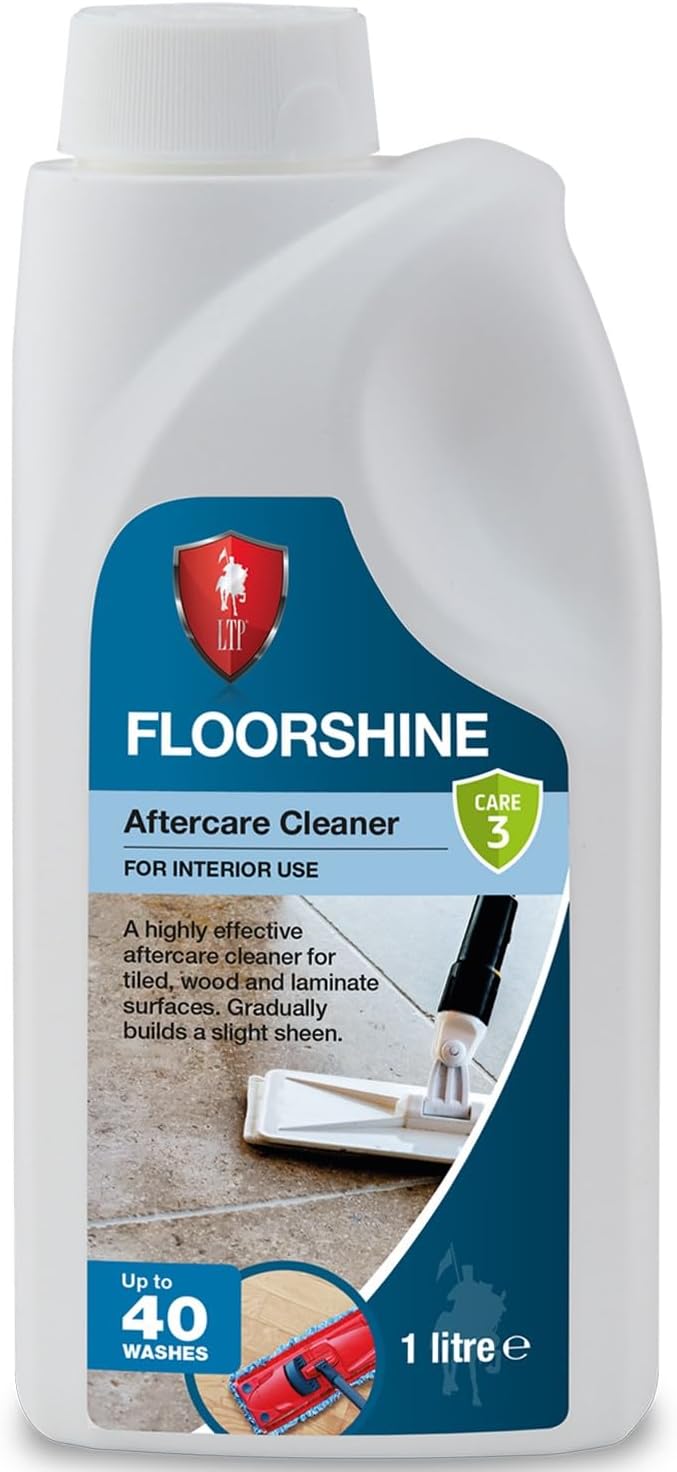
LTP Floorshine
|
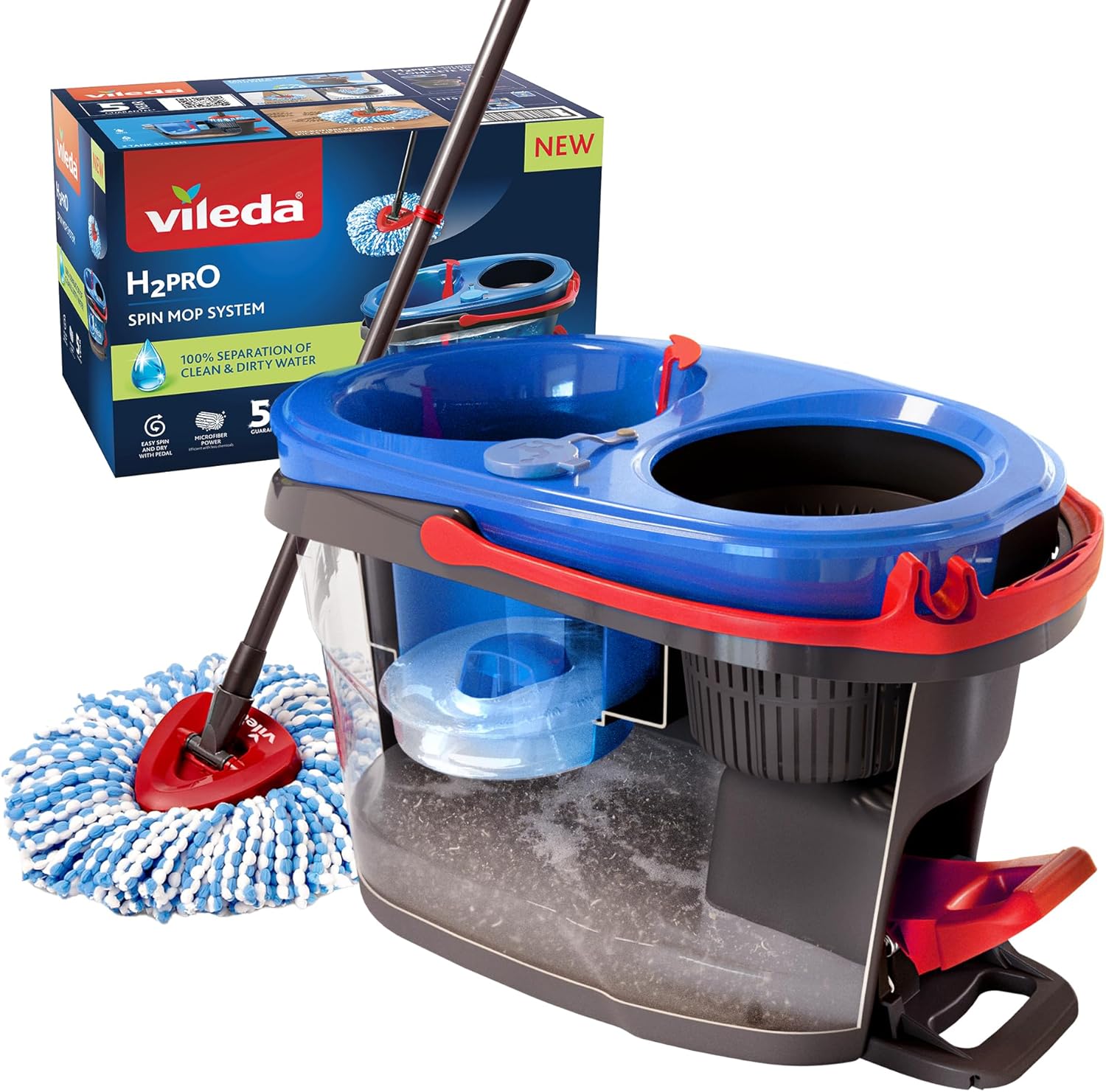
Vileda H2PrO Spin Mop System
|
Diving into Porosity: The Core Factor Behind Dirt Accumulation
Terracotta tiles are crafted from natural clay and fired at lower temperatures compared to various other flooring materials, leading to a highly porous surface. This natural porosity allows tiles to absorb moisture, oils, and dirt with ease, functioning similarly to a sponge. In everyday scenarios, this characteristic enables grime to penetrate deep within the tile, rendering it increasingly challenging to eradicate with standard cleaning methods.
Unsealed terracotta tiles face a heightened risk of these issues. Without a protective layer, even minor spills or muddy footprints can leave enduring stains. Over time, these factors contribute to a dull and stained appearance, often necessitating professional cleaning intervention for full restoration.
How Surrey's Weather Influences Terracotta Cleanliness
The climate in Surrey plays a significant role in the rapid accumulation of dirt on terracotta floors. This region is known for its frequent rainfall and humid conditions, leading to increased moisture being tracked indoors, particularly in areas such as entryways and conservatories.
Homes situated near wooded areas or gardens experience even more susceptibility. Soil, pollen, and organic matter can easily transfer onto terracotta surfaces, especially when shoes aren't removed upon entering the home.
Identifying Daily Habits That Contribute to Increased Dirt Accumulation
In addition to environmental factors, daily habits can exacerbate the situation. Utilizing inappropriate cleaning products—such as acidic solutions or bleach—can strip away protective coatings and damage the tile surface. While steam mops are a popular cleaning tool, they can unwittingly push moisture further into the tile, worsening the issue.
High-traffic zones, such as kitchens and hallways, are naturally more susceptible to deterioration. If regular sweeping and mopping are neglected, dirt can quickly accumulate and become embedded in the texture of the tile.
Effective Strategies for Maintaining Clean and Beautiful Terracotta Floors

To keep terracotta floors looking clean and pristine, a proactive approach is essential, focusing on preventing dirt accumulation from the beginning. In homes throughout Surrey, where damp weather and garden traffic are common, implementing preventative care is vital to preserving the natural beauty of terracotta tiles.
Sealing: The Primary Shield Against Dirt and Stains
One of the most effective methods to prevent terracotta from becoming dirty is to ensure it is properly sealed. A high-quality, breathable sealant forms a protective barrier that repels moisture, oils, and dirt. In Surrey, where humidity levels can vary significantly, sealing is crucial to avoiding water absorption that can lead to staining and mold growth.
Experts recommend resealing terracotta every 12 to 18 months, depending on foot traffic and exposure to moisture. In areas with heavy use, such as kitchens, hallways, and conservatories, more frequent sealing may be necessary. Always select a sealant specifically designed for porous stone and avoid glossy finishes that may trap dirt.
Strategic Placement of Rugs and Mats for Enhanced Dirt Control
Strategically placing rugs and mats can substantially minimize the amount of dirt that reaches your terracotta floors. Utilize durable doormats at entrances to capture mud and moisture before they spread throughout your home. In high-traffic areas like hallways or beneath dining tables, area rugs can serve as a protective barrier against wear and tear.
For rooms with outdoor access, consider washable runners that can be easily cleaned. These not only protect the tile but also add warmth and aesthetic appeal to your living space.
Effectively Managing Moisture in Homes Across Surrey
Given Surrey’s reputation for frequent rainfall and damp conditions, effective moisture management is essential to prevent dirt build-up on terracotta. Utilizing dehumidifiers in enclosed spaces and ensuring proper ventilation throughout your home can significantly improve conditions. Promptly wiping up spills and avoiding leaving wet items—such as shoes or towels—on the floor is critical.
If your terracotta tiles are located in a conservatory or garden room, consider installing blinds or UV filters to reduce condensation and prevent sun damage. These minor adjustments can greatly enhance the longevity and appearance of your tiles.
By implementing proper sealing, smart design choices, and moisture control, homeowners in Surrey can significantly slow down the rate at which their terracotta floors accumulate dirt. In the following section, we will discuss the best cleaning practices to maintain that fresh, natural look day after day.
Best Practices for Effectively Cleaning Terracotta Tiles
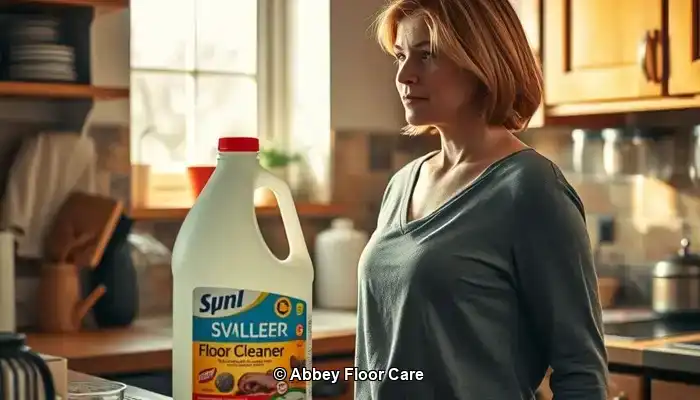
Even with proper sealing and preventative measures, terracotta floors require regular attention to maintain their natural beauty. The key lies in employing the right cleaning methods and products that effectively cleanse without damaging the porous surface of the tiles.
Establishing a Consistent Routine for Daily and Weekly Maintenance
In homes throughout Surrey, where outdoor elements frequently enter, daily sweeping or vacuuming is vital. Utilize a soft-bristle broom or a vacuum cleaner with a hard floor setting to eliminate dust, grit, and organic matter before it settles into the tile.
For weekly upkeep, mop the floor with warm water and a pH-neutral cleaner specifically designed for natural stone. Avoid soaking the floor; damp mopping is the best method. Excess water can seep into the tile, leading to stains or mold growth, especially in older or inadequately sealed tiles.
Choosing Safe and Effective Cleaning Products
Select cleaning products that strike a balance between gentleness and effectiveness. Look for labels that indicate “stone-safe,” “non-acidic,” or “pH-neutral.” In Surrey, where eco-consciousness is increasingly prioritized, many homeowners prefer biodegradable cleaners that are safe for both pets and children.
Avoid multi-surface cleaners that contain bleach, ammonia, or citrus extracts, as these can erode sealants and etch the terracotta, increasing its susceptibility to staining.
For stubborn stains, use a soft cloth along with a diluted solution of stone cleaner. Always refrain from scrubbing with abrasive pads or wire brushes, as these can damage the surface and complicate future cleaning efforts.
Cleaning Methods to Avoid: Harsh Chemicals and Steam Cleaning
While steam mops may appear convenient, they are inappropriate for terracotta. The high heat and moisture can penetrate the tile and weaken the sealant, leading to long-term damage. Likewise, acidic cleaners, such as vinegar or lemon juice—even when diluted—can erode the tile surface and cause discoloration.
Stick to gentle cleaning methods and consistently test any new products on a small, inconspicuous area before applying them across your entire floor.
Assessing the Advantages of Professional vs. DIY Terracotta Care
When it comes to the care of terracotta floors, many homeowners in Surrey often start with DIY methods. While routine sweeping and mopping can be effective, there reaches a point where professional assistance becomes not just beneficial but essential.
When to Consult a Tile Specialist in Surrey?
If your terracotta tiles exhibit signs of deep staining, uneven color, or surface wear, it may be time to seek expert advice. Professional tile care specialists in Surrey utilize advanced equipment and stone-safe products that penetrate deeper than typical household cleaners. They can also evaluate whether your sealant has degraded and recommend a resealing schedule tailored to your home’s specific conditions.
Restoration services often involve deep cleaning, stain removal, and the reapplication of breathable sealants that protect the tiles while preserving their natural appearance. For older or heritage properties, specialists can replicate the original finish to maintain authenticity.
Cost Analysis and Long-Term Value: Is Professional Care Worth It?
While DIY cleaning may seem more economical, it frequently yields temporary results. Without proper sealing and thorough cleaning, dirt continues to accumulate, necessitating more frequent maintenance and amplifying the risk of permanent damage.
In contrast, professional care prolongs the lifespan of your terracotta floors. A single restoration session can rejuvenate color, remove entrenched dirt, and protect the surface for months or even years. In high-traffic areas such as kitchens or hallways, this investment pays off by reducing maintenance needs and enhancing visual appeal.
Homeowners in Surrey who prioritize long-term property maintenance and aesthetic value often find that expert services provide peace of mind and superior outcomes. Furthermore, many local providers now offer eco-friendly solutions and personalized maintenance plans to suit your lifestyle.
Environmentally Friendly and Safe Cleaning Solutions for Terracotta Floors
The inherent beauty of terracotta deserves care that aligns with health and sustainability standards. For homeowners in Surrey who wish to keep their floors clean without resorting to harsh chemicals, eco-friendly cleaning alternatives are becoming increasingly available. Thankfully, modern products and techniques allow you to protect your tiles and home while adhering to these principles.
Choosing Non-Toxic Sealants and Cleaners
Conventional sealants often contain solvents that emit volatile organic compounds (VOCs), which can linger in indoor air and negatively impact air quality. Modern eco-friendly alternatives use water-based formulas that are low in VOCs and safe for use around children and pets.
When selecting a cleaner, opt for products labeled “biodegradable,” “plant-based,” or “stone-safe.” These formulations are specifically designed to lift dirt without compromising the porous nature of terracotta. Brands that specialize in natural stone care typically provide concentrated solutions that can be diluted for daily use, minimizing waste and environmental impact.
Safe Cleaning Options for Households with Children and Pets
In lively Surrey homes, safety is just as important as cleanliness. Avoid using bleach, ammonia, and acidic cleaners like vinegar, as these can damage the tile and pose risks to pets and young children. Instead, choose gentle formulas based on coconut oil derivatives, citrus enzymes, or mineral-based components.
For DIY enthusiasts, a simple mixture of warm water and a few drops of castile soap can be surprisingly effective for light cleaning. Always test any homemade solution on a small section first to ensure it does not affect the sealant or finish.
Adopting Sustainable Cleaning Practices
Eco-friendly cleaning includes not only product selection but also cleaning habits. Opt for reusable microfiber cloths and mops instead of disposable pads. Regular sweeping can reduce the need for frequent wet cleaning. When resealing, select products that feature recyclable packaging and minimal environmental impact.
Many floor care professionals in Surrey now offer green cleaning packages, employing certified non-toxic products and sustainable methods. If you're uncertain where to start, scheduling a consultation with a local expert can help you establish a routine that is both effective and environmentally conscious.
Safeguarding the Aesthetic of Your Terracotta Floors
Terracotta flooring adds warmth, character, and timeless elegance to homes in Surrey. However, its porous nature demands diligent maintenance to sustain its cleanliness and vibrancy. By grasping why terracotta becomes dirty quickly, ensuring proper sealing, and implementing effective cleaning routines, homeowners can significantly reduce grime accumulation and prolong the lifespan of their tiles.
Whether managing a busy household or restoring a heritage home, maintaining a consistent cleaning routine is vital. Regular sweeping, using pH-neutral cleaners, and seasonal resealing greatly contribute to a well-maintained surface. When stains or wear become apparent, do not hesitate to reach out to a local specialist for professional restoration.
Employing eco-friendly products and safe cleaning practices ensures your floors remain beautiful without compromising health or environmental integrity. With the right approach, terracotta can continue to be a striking feature in your home for years to come.
Ready to protect your floors wisely? Contact us today for professional terracotta maintenance tailored to the unique conditions of Surrey. Let’s work together to keep your home looking its best—naturally.
Frequently Asked Questions About Terracotta Maintenance
Terracotta floors exhibit timeless elegance but come with specific care requirements. Below are answers to common questions from homeowners in Surrey looking to keep their tiles clean, protected, and visually appealing.
How Frequently Should I Reseal My Terracotta Tiles?
In most residences in Surrey, terracotta should be resealed every 12 to 18 months. However, this timeframe can vary based on foot traffic, moisture exposure, and whether the tiles are indoors or outdoors. Spaces like kitchens, hallways, and conservatories may necessitate more frequent resealing. If your tiles start to absorb water or appear dull, it’s time for resealing.
Can I Use Vinegar or Bleach on My Terracotta?
No—vinegar, bleach, and other harsh or acidic cleaners can damage terracotta. These substances erode sealants and etch the tile surface, leading to permanent discoloration. Always opt for pH-neutral, stone-safe cleaners formulated specifically for porous flooring.
What is the Best Mop for Cleaning Terracotta Floors?
A microfiber mop is the ideal choice for terracotta. It effectively captures dust and dirt without scratching the surface and uses minimal water—crucial for porous materials like terracotta. Avoid sponge mops or steam mops, which can oversaturate the tiles and compromise the sealant.
Is It Safe to Use DIY Cleaning Solutions?
Yes, provided you proceed with caution. A mild mixture of warm water and castile soap can be effective for light cleaning. Always test any homemade solution on a small, inconspicuous area first. Avoid anything acidic or abrasive, and never apply homemade cleaners to unsealed tiles.
What Should I Do If My Tiles Are Already Stained?
If stains have set in, contacting a professional restoration service is your best option. Experts in Surrey can perform deep cleaning, remove embedded grime, and reseal the surface to restore the tiles to their original color and texture. DIY methods may exacerbate the damage if inappropriate products are used.
The article Tired of Dirty Terracotta? How to Keep It Clean Longer was first published on https://www.abbeyfloorcare.co.uk
The Article Keeping Dirty Terracotta Clean: Tips for Longevity appeared first on https://fabritec.org
The Article Tips for Longevity: Keeping Dirty Terracotta Clean Was Found On https://limitsofstrategy.com

